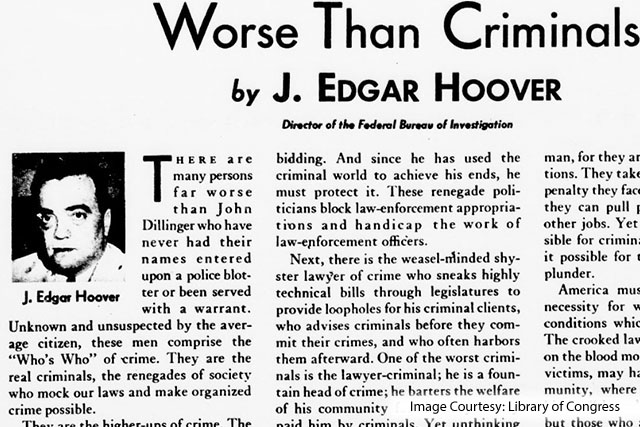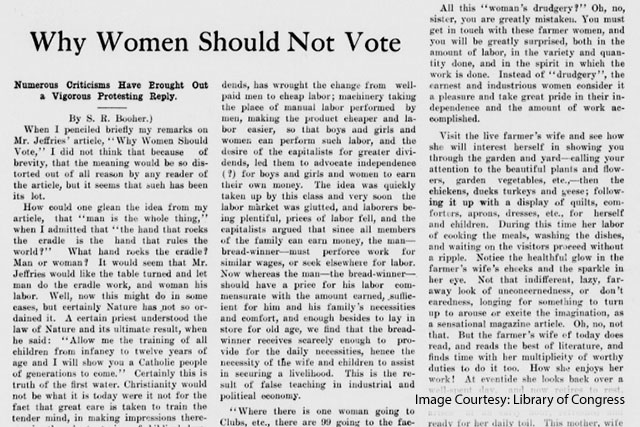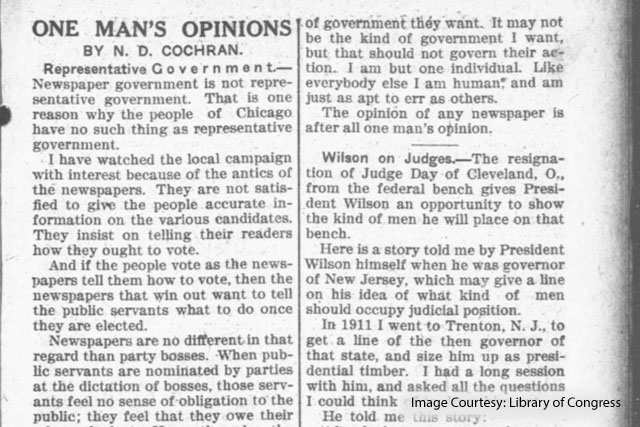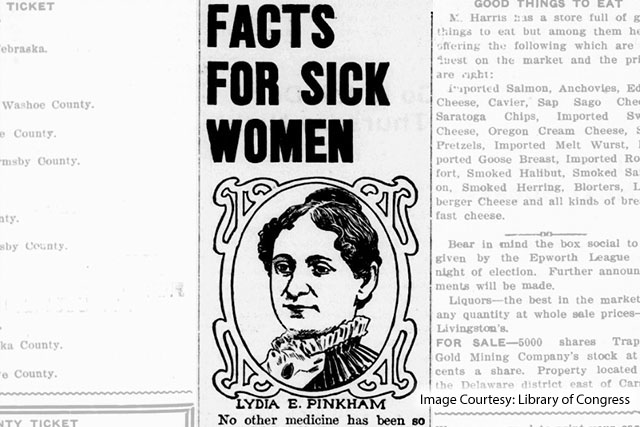Learn It
Identify Signs of Bias
Bias is when the creator of a source has a strong point of view that comes through in the source. It is important to know if a source is biased or if it tells both sides of a story. Let’s learn to look for bias.
Click through the slideshow below to learn about different ways a source might show bias.
Understanding Bias
Analyze Headlines for Bias
The three headlines below are for the same story. Notice how different each one is. Two of them were made by a biased source. Which ones do you think are biased or unbiased?
> Text version for interactive















